Exploring 10 of the best remote places in the world to travel to
Uncover the charm of some the world's most remote places with our guide to off-the-beaten-path adventures and untouched beauty.
11min
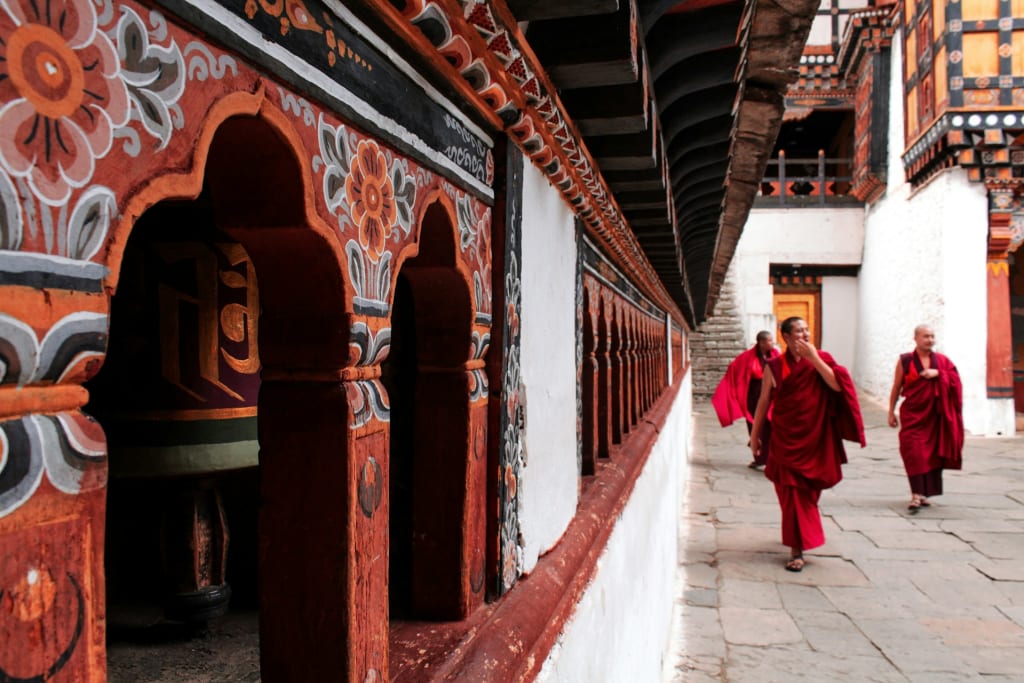
Imagine standing where the map's edges fray, in places so off the beaten path they barely whisper their names to the winds. Remote places. They call not to everyone—only those with an insatiable curiosity for what lies beyond the familiar horizon.
The allure? It’s as varied as these destinations themselves. From icy realms patrolled by polar bears to volcanic islands humming with secrets beneath the Pacific Ocean waves.
Sure, reaching them is no small feat. Some demand days of travel across heaving seas or treks through untamed landscapes where GPS signals fear to tread. Yet, it's precisely this journey—the challenge and isolation—that keeps them so authentic and brimming with experiences you won’t find anywhere else.
Here, in these far-flung corners of our planet, you won’t find crowds or souvenir shops. Instead, expect encounters that redefine wonder: nights painted with northern lights, days navigating territories where more penguins than people claim residency.
10 Remote places worth traveling to

1. The Outback, Australia
Imagine vast horizons, rugged landscapes that stretch as far as the eye can see, and a sense of adventure so tangible you can almost touch it. That's the Australian Outback for you. It’s not just a location; it’s an invitation to experience raw beauty on an epic scale.
This enormous expanse of land tells stories of ancient cultures and survival against all odds. It calls out with its unique wildlife – kangaroos bounding in the distance, dingoes wandering freely – making every moment here feel like stepping into a storybook version of the wilderness.
Yet, the real essence of the Outback shines through its celestial canopy. During the day, its skies are an endless canvas painted in brilliant blues; at night, they transform into a cosmic display unrivaled by any city skyline. Here's where you witness stars shining so brightly and numerously, they illuminate the desert floor.
The allure doesn't end with natural wonders. The Outback is peppered with quirky towns each boasting their own character – from underground homes in Coober Pedy to historic pubs that have witnessed more than your average bar brawl over centuries past.
Traveling around might be challenging due to its immense size and remote locations, but trust me when I say this: navigating these terrains adds to its charm. Every dusty road leads to discovery; every hidden waterhole promises respite and reflection under sun-scorched days.
Suggested reading: Australia travel tips for first-time travelers.

2. Papua New Guinea
Ever dreamt of stepping off the grid into a world where time stands still? Let me take you on a journey to Papua New Guinea.
First off, the culture here is mind-blowing. We're talking about a country with over 800 languages spoken across its islands. Each village has its own way of life, making every encounter a unique experience. Picture yourself being greeted by residents in age-old attire, exchanging tales that have journeyed through time.
But wait, there's more than just rich culture. The landscapes are out of this world. From smoking volcanoes and dense rainforests to pristine beaches and coral reefs teeming with life – Papua New Guinea offers nature unspoiled by mass tourism. For those who love diving or snorkeling, exploring these waters is like discovering treasure buried beneath the sea.
The wildlife? Exotic doesn’t even start to cover it. Birds of paradise with vibrant plumage strut through the forests while unique species found nowhere else on earth call this place home.
And let’s talk about authenticity for a second because if there's one thing you'll find here in abundance, it's genuine experiences far removed from commercialized travel spots elsewhere around the globe.

3. Maluku Islands, Indonesia
The Maluku Islands of Indonesia are like a secret paradise that's managed to stay under the radar. And boy, does it sparkle with all the allure you'd hope for in an off-the-beaten-path adventure. Picture this: crystal-clear turquoise waters, sprawling coral reefs teeming with life, and islands so lush they practically burst at the seams with greenery.
Getting there? Navigating the journey to this paradise certainly spices up the thrill of exploration. It certainly take more effort than your average trip to Bali, but believe me when I say—it’s worth every second.
This place isn’t just about stunning landscapes though; it’s soaked in rich history and culture too. The Spice Wars tales? They unfolded right here. Imagine wandering through ancient forts and spice plantations that once fueled global economies—pretty cool stuff if you ask me.
For those who love diving or snorkeling—welcome to heaven on earth. The biodiversity underwater is mind-blowing. And then there’s the people: warm smiles greet you at every turn because tourism hasn't overwhelmed their way of life yet. You get authentic interactions that leave lasting memories long after your tan fades.
Is Indonesia safe? We tell ya' everything about safety for travelers in the country.
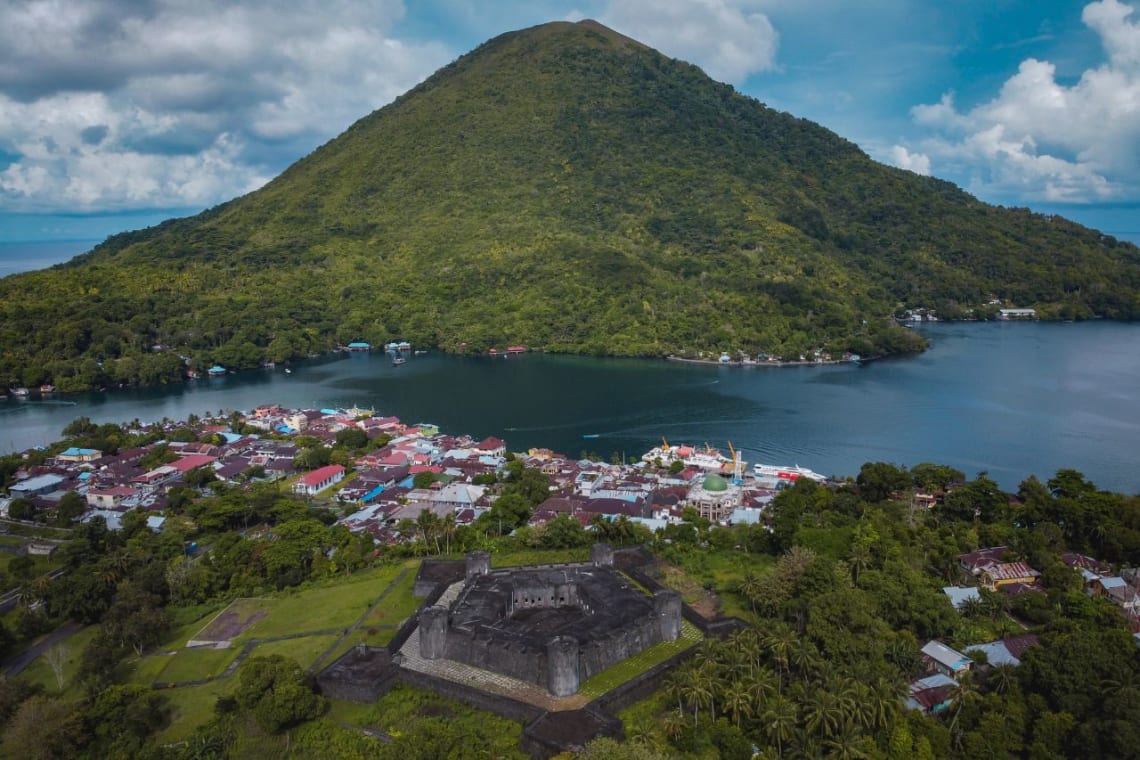
4. Vanuatu
This archipelago, nestled in the heart of the South Pacific, is a patchwork of rugged landscapes, azure waters, and cultures untainted by mass tourism.
First off, adventure is practically baked into Vanuatu's DNA. Trekking up lively volcanoes like Mount Yasur, diving into pristine blue holes, and delving into age-old tribal traditions—Vanuatu is a treasure trove of experiences. By the way, did you know that the modern commercial practice of bungee jumping was actually inspired by an ancient ritual from Vanuatu?
The people here are as warm as the tropical sun under which they live. They're quick to smile and share their rich heritage with visitors—a genuine hospitality that sticks with you long after you've left.
Diving enthusiasts often gush about how incredible it is down there—the coral reefs around these islands teem with life. It’s like swimming in a giant aquarium. Additionally, exploring the submerged remnants of WWII provides a haunting yet fascinating peek into our past, hidden under the ocean's surface.
Eco-conscious travelers will appreciate how seriously Vanuatu takes sustainability too. Many resorts operate on eco-friendly principles ensuring your stay doesn't harm this pristine environment but rather contributes positively towards conservation efforts.

5. Bhutan
Nestled amidst the majestic Himalayan range, this remote kingdom is not only breathtakingly beautiful but also deeply committed to preserving its rich cultural heritage and natural environment. Unlike any other country, Bhutan's unique approach to tourism ensures that every visit contributes positively to both local communities and travelers' lives.
The allure of Bhutan lies in its policy towards sustainable travel; a strategy aimed at avoiding mass tourism to protect their traditions. This means that all visitors are required to pay a daily fee which directly funds education, healthcare services, and conservation projects throughout the country. While it may seem like an unconventional approach compared to other destinations, this model allows travelers to become part of something bigger - making a real difference while exploring one of the most pristine places on Earth.
From awe-inspiring Dzongs (fortresses) that dot the landscape, vibrant festivals filled with color and tradition, serene monasteries perched atop cliffs offering tranquility unlike anywhere else – every aspect of Bhutan invites you into a world where ancient customs thrive alongside modern life.

6. Faroe Islands
If you're under the impression that Europe has been completely tamed and there are no remote corners left to explore, let the Faroe Islands change your mind.
Nestled between Iceland and Norway in the North Atlantic Ocean, this group of 18 volcanic islands is a paradise for travelers seeking solitude amidst raw nature. With its dramatic landscapes consisting of steep cliffs, roaring waterfalls, and green valleys inhabited more by sheep than people, it’s an ideal destination for those looking to escape the hustle and bustle.
Adventure seekers will find plenty to keep them busy on the Faroe Islands. Hiking trails crisscross each island offering unparalleled views at every turn. One such trail leads to Mulafossur Waterfall – where water cascades into the ocean against a backdrop so picturesque it seems surreal. Birdwatchers too flock here as these islands are home to countless seabirds including puffins making it one of Europe’s premier birdwatching destinations.
The remoteness also means fewer tourists and thus an opportunity for genuine interaction with locals who often share fascinating tales about Viking ancestors or sing folk songs passed down through generations.
Whether exploring quaint villages like Gásadalur nestled between mountains or kayaking around sea caves near Vestmanna - every moment spent on these rugged yet beautiful islands feels worth it tenfold.
All these said, there's no doubt that the Faroes are one of the best hidden gems in Europe.

7. Svalbard, Norway
Situated well within the Arctic Circle, Svalbard is not your typical travel destination. It offers unique experiences that are hard to find anywhere else on Earth.
The allure of Svalbard lies in its pristine natural beauty and extraordinary wildlife encounters. Imagine kayaking between icebergs as curious seals pop their heads above water or hiking across glaciers under the summer’s eternal daylight. The opportunity to witness polar bears in their natural habitat adds an exhilarating edge to every expedition into this frozen wilderness.
Beyond its rugged terrain and arctic animals, Svalbard is also one of the best places on earth to experience the Northern lights. Between November and February, when darkness prevails over 24 hours a day during Polar Night; these celestial curtains shimmer across skies with vibrant hues of green and purple—a sight so breathtaking it feels otherworldly.
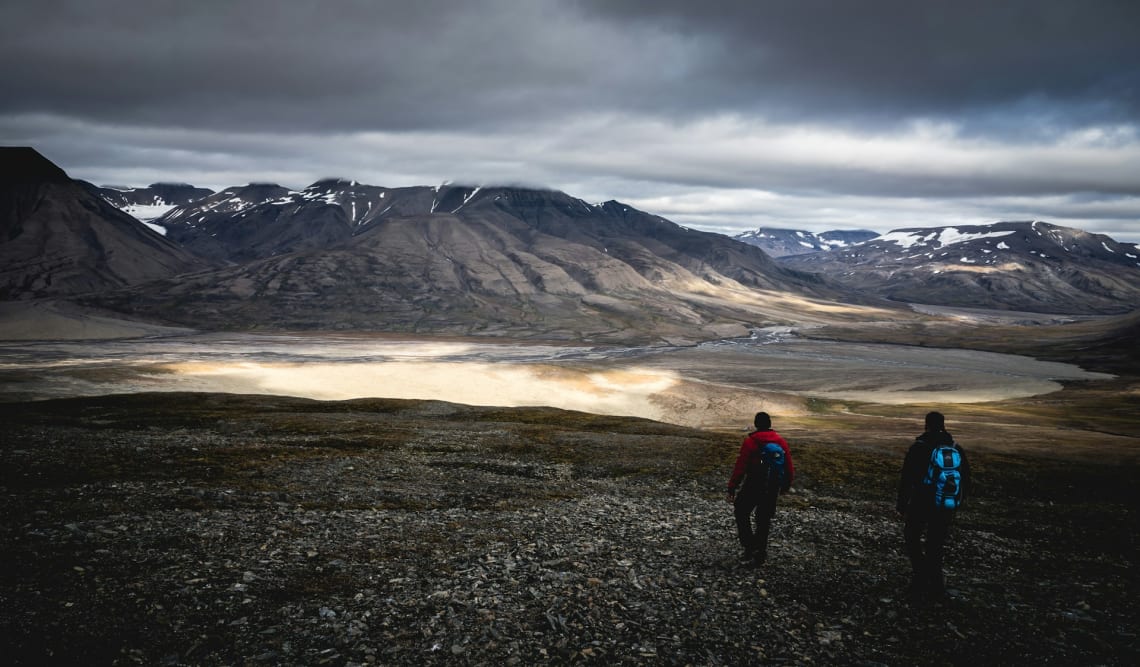
8. Kamchatka, Russia
This far-flung peninsula is a hidden gem that offers an unparalleled adventure to those daring enough to visit. With its dramatic landscapes dominated by over 300 volcanoes, including 29 active ones, and vast unspoiled wilderness, Kamchatka is truly one of the world's last frontiers for genuine exploration.
The region is also home to the famous Valley of Geysers, which was discovered only in 1941 and remains one of the largest geyser fields globally. Imagine trekking through rugged terrains with steam vents and bubbling mud pots around every corner - it's like walking on another planet!
Besides its otherworldly landscapes,19 of Kamchatka’s volcanoes are recognized as an UNESCO World Heritage Site. Whether you’re watching sunrise from atop a volcano or soaking in a secluded hot spring surrounded by snow-capped peaks, each moment spent here feels incredibly special.
Kamchatka remains sparsely populated due to its remoteness and harsh climate conditions. However, this means more untouched nature for intrepid travelers seeking solitude away from crowded tourist spots.
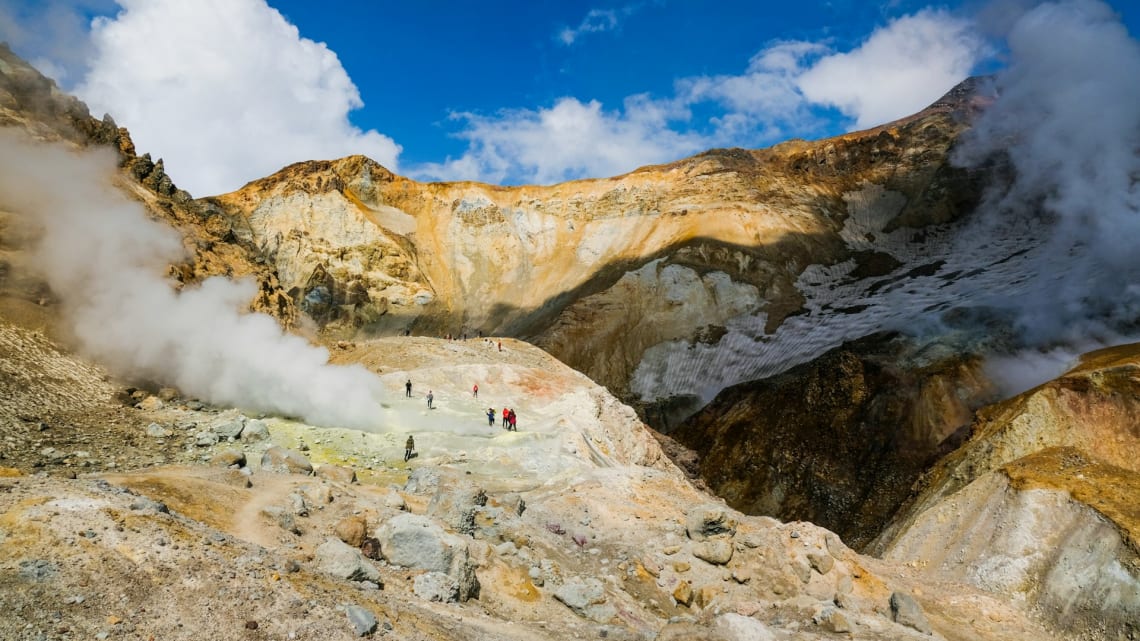
9. Northern Canada
This vast expanse, comprising Yukon, Northwest Territories, and Nunavut, is one of the world's most captivating remote places to travel. Its allure lies in the pristine beauty that its remoteness preserves.
In Northern Canada you'll find some of Earth's most spectacular natural phenomena: from witnessing the ethereal glow of the Aurora Borealis dancing across starlit skies to encountering wildlife species roaming freely in their native habitat. The region offers endless opportunities for outdoor activities— ice fishing in frozen lakes, hiking amidst breathtaking scenery and kayaking down the Nahanni River to reach the Virginia Falls, are just a few experiences that await intrepid travelers.
However, it’s important to note that exploring this untouched part of the world comes with its challenges; primarily cost-related ones due to its accessibility issues. Traveling here requires careful planning and budgeting as transportation options are limited and prices can be very steep.
The essence of traveling to Northern Canada lies beyond mere sightseeing—it’s about embracing solitude amidst nature's grandeur and engaging deeply with cultures resiliently thriving under harsh conditions. It promises not only awe-inspiring views but also profound personal growth forged through overcoming challenges inherent within such remote explorations.
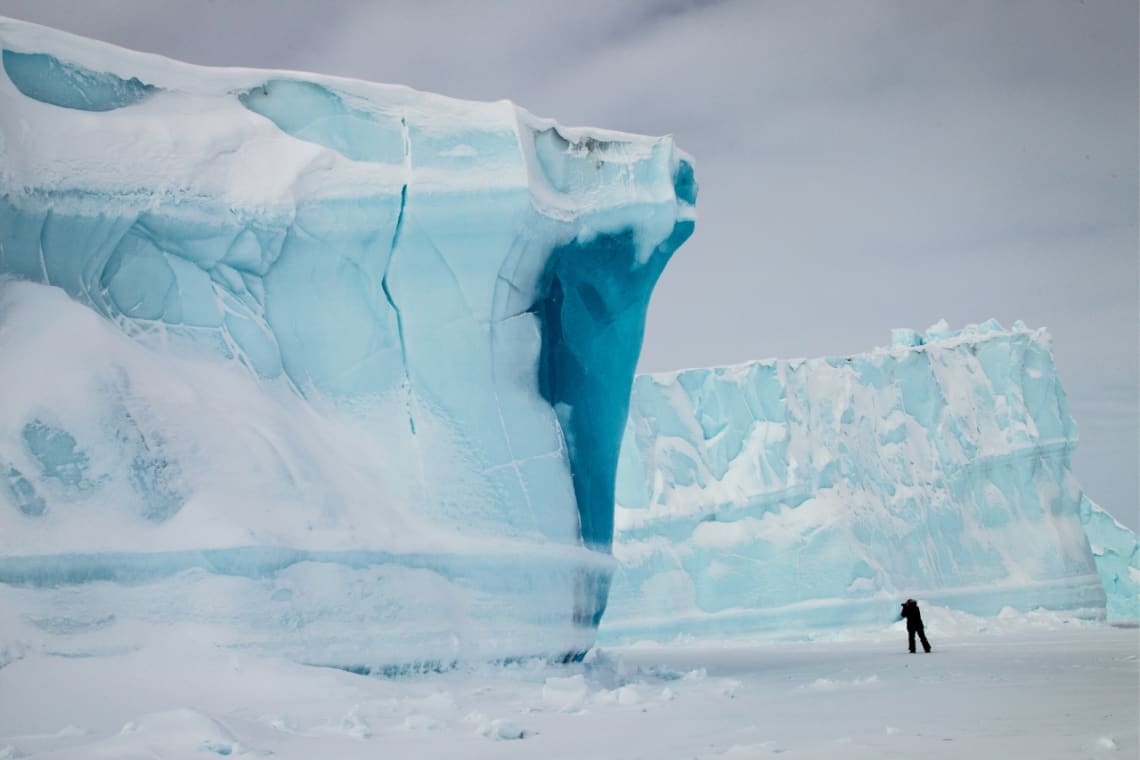
10. The Guyanas
The Guyanas—comprising Guyana, Suriname, and French Guiana—offer an exhilarating blend of unspoiled nature, vibrant cultures, and a colonial past distinct from the rest of South America.
Guyana, a British colony until 1966, stands out with its breathtaking natural landscapes. From the thunderous roar of Kaieteur Falls—one of the world's most powerful waterfalls—to the lush expanses of its rainforests teeming with unique wildlife, it’s a paradise for eco-tourists and thrill-seekers alike. Here you can trek through untouched jungle or paddle down remote rivers where civilization feels like a distant memory.
Suriname offers an equally compelling adventure but adds a cultural twist. With one foot in South America and another in Caribbean influences due to its Dutch colonial history, Suriname is a melting pot culture unlike any other. Paramaribo itself is an UNESCO World Heritage site; its wooden architecture tells stories centuries old while modern-day festivals fill streets with color and life.
Last but not least is French Guiana—a slice of France nestled on South American shores yet worlds apart from European familiarity. It's home to diverse ecosystems found within places such as The Guiana Amazonian Park which covers over 40% percent of French Guiana's territory. Beyond nature’s allure lies space exploration at The Guiana Space Centre where rockets pierce through blue skies towards new frontiers.
All three countries share more than just geographical proximity; their histories are intertwined with tales from when Europeans first arrived on these shores leaving behind legacies still evident today, whether through language diversity or architectural styles setting this region apart culturally speaking too.
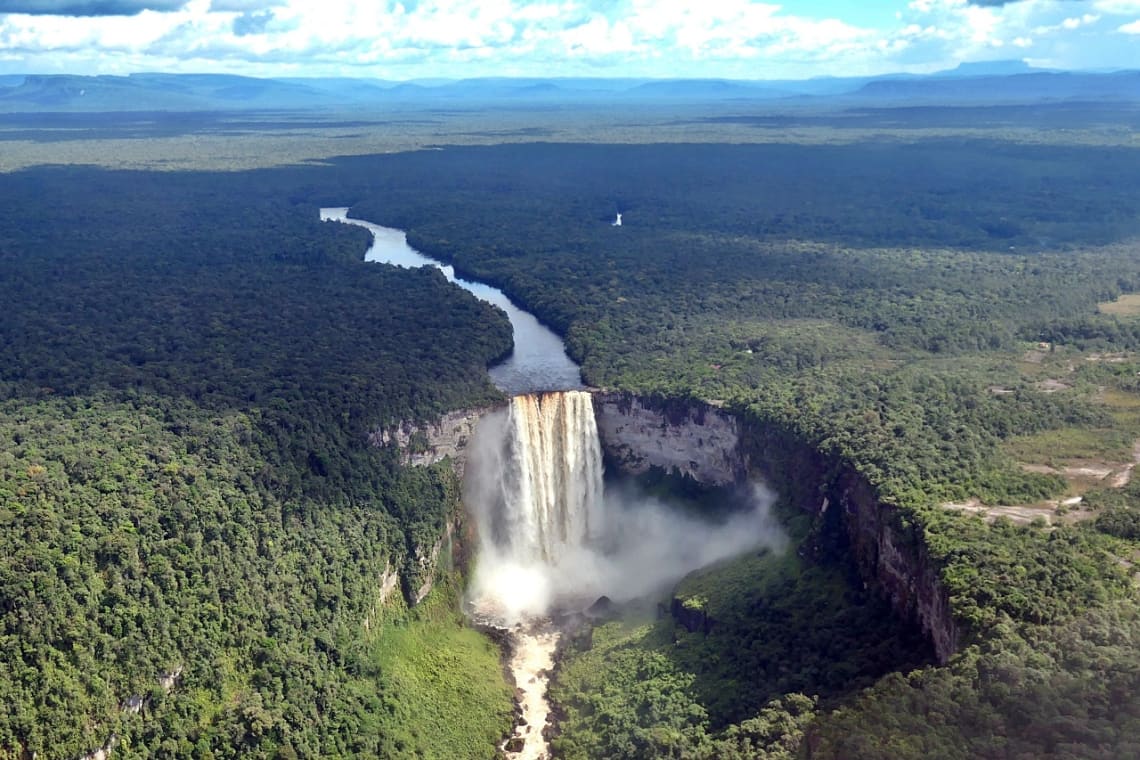
Volunteer in remote places around the world
A great way to experience some of the remote places of the world is by volunteering. These programs not only provide an immersive experience in the local culture and community, but also open doors to unique opportunities that go beyond the surface level of traditional tourism.
Worldpackers offers a safe platform where travelers can find volunteer opportunities across 140+ countries, helping in different local projects for a couple of hours a day in exchange of accommodation and often food.
Many of these opportunities are located at lesser known yet very beautiful destinations, or even in rural off-the-grid communities. By volunteering you'll not only save money while traveling, but also have the chance to meet a lot of people (from local hosts to international volunteers), learn new skills and have a positive impact.
To get started, subscribe to the Worldpackers Community for free and start saving your favorite volunteer positions until you are ready to get verified.
Know more about how Worldpackers works: What is a work exchange and how does it work?
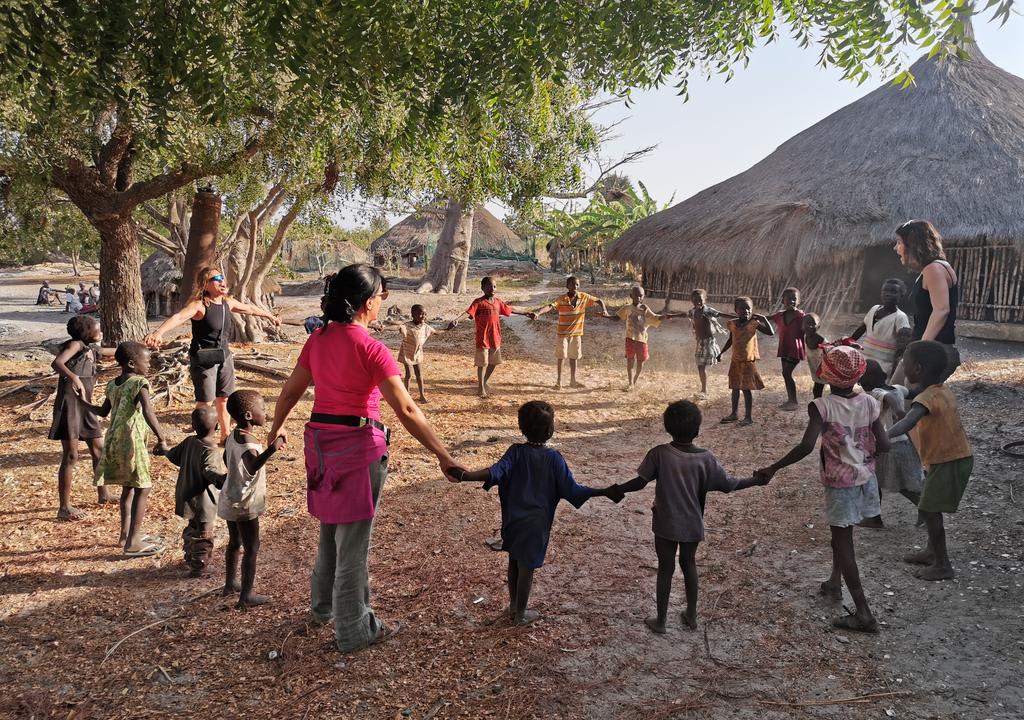
Responsible tourism in remote places
Traveling to some of the world's most remote places offers an unparalleled opportunity for adventure and inner growth. However, with these extraordinary experiences comes a significant responsibility - to tread lightly and respect both the natural environment and local communities.
Becoming an ethical traveler is not just about minimizing your carbon footprint; it’s about actively contributing to conservation efforts, supporting local economies and being respectful. Here are some ways you can make a positive impact while exploring remote destinations:
- Educate yourself: Before setting off on your journey, take time to learn about the destination’s culture, traditions, and environmental challenges. This knowledge will help you navigate your travels with sensitivity and respect.
- Support local businesses: Choose locally-owned accommodations, eateries, and tour operators whenever possible. Your spending directly benefits families living there rather than international chains.
- Pack thoughtfully: Bring eco-friendly products that won’t harm the ecosystems you’re visiting.
Venture responsibly: Stick to marked trails when hiking or exploring natural areas to avoid disrupting wildlife habitats. Always follow guidelines provided by guides or locals regarding interaction with wildlife or sensitive environments.
- Giving back: Consider volunteering as part of your travel plans through platforms like Worldpackers which offer opportunities for meaningful exchanges between travelers and host communities around sustainability projects or educational programs.
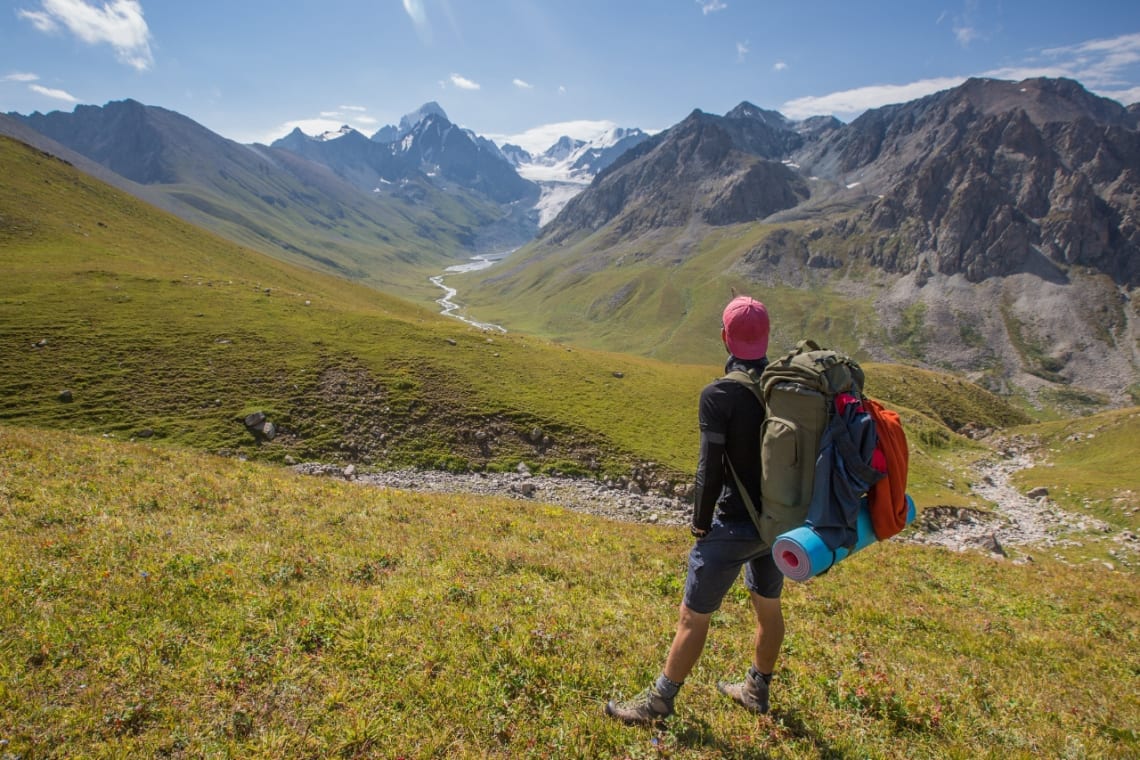
If you like these tips, follow Worldpackers social media to keep up with the news: we are on Instagram and Tiktok!












Mary
Apr 07, 2024
Beautiful places. Hope to visit them.